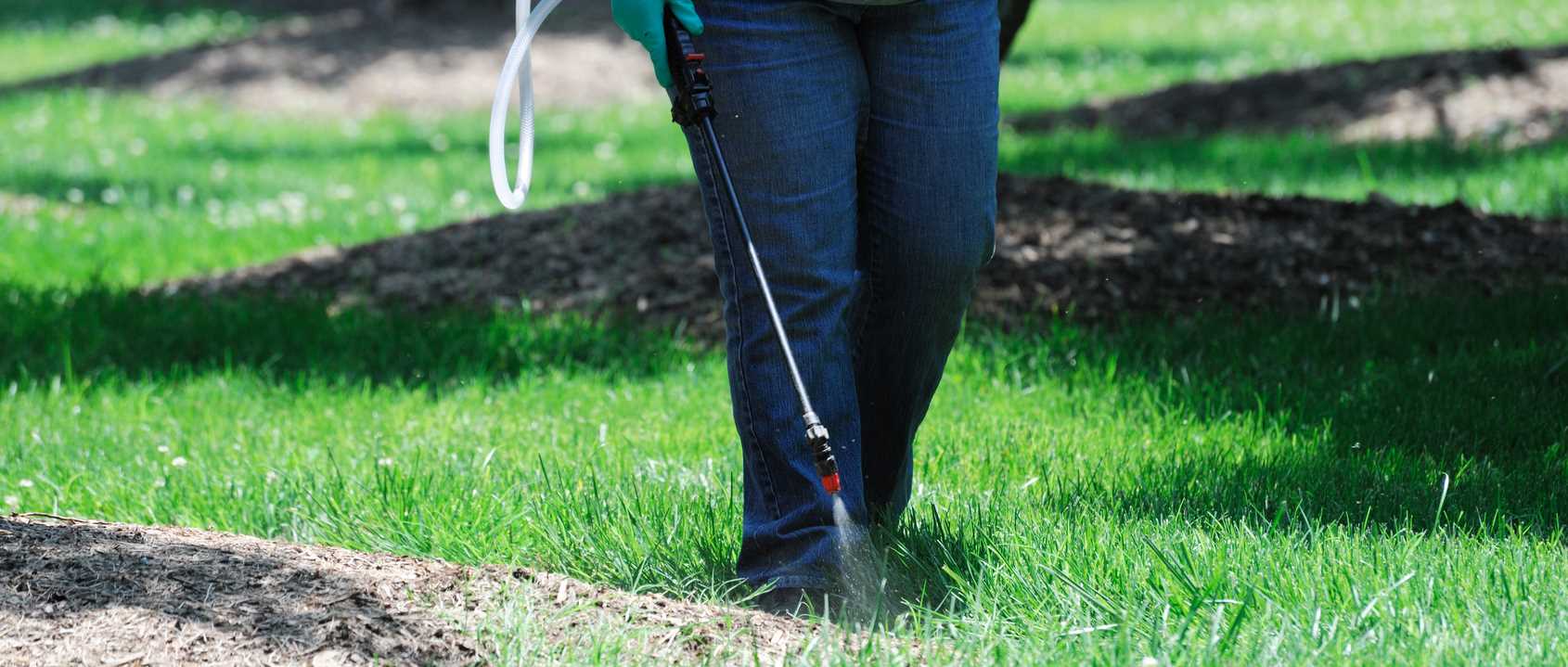Healthy Soil For Healthy Yards – Lawn Service Springfield MO
The relationship between soil and plant is one of our top concerns as the quality of your soil directly determines the development and growth of every species of plant. Proper knowledge about soil is imperative for the ideal management of your yard and landscaping.
Plants are sensitive to soil conditions. Their growth and development directly depends upon the texture and quality of your soil. Hence, to get desired results for your yard, we need to know the quality of the soil in your yard before anything else. This will help us select specific types of plants best suited for the soil of your yard.
What Is Soil Exactly?
The top part of the ground directly beneath the surface is what we refer to as soil. It consists of three main mineral particles: sand, silt and clay. Of all these, clay is generally found in greater proportion followed by silt and sand. The mixture of these three mineral particles determines the texture of your soil. If all of these three mineral particles are found in equal proportion then it is regarded as the best quality of soil. This type of soil is called loam.
Soil also consists of other various things like water, micro nutrients in the form of organic matter, air, minerals and microorganisms. Soil affects plant roots and serves as the nutrient storehouse which will help in the growth of plants.
The Benefits of Soil Testing
Soil testing is an essential part of your lawn service because the growth and development of your plants directly depends on the quality of your soil. It is the preliminary task of landscape design as it helps us determine which species of plants to choose for your yard. If landscaping is being planted for the first time, then soil testing is a must.
Soil testing also informs us about the minerals lacking in your yard, which we can add to enhance the quality of your soil. This will be done before we start the planting for your landscape:
- Soil should be re-tested every three to five years.
- We analyze the progress of your soil compared with last test.
- We take our sample of the soil when the ground is not frozen, during spring or late fall.
- We take soil samples with the use of soil probe.
- We gather a composite sample of the soil for the entire yard by sampling from different areas.
Improving Soil Quality By Adding Organic Matter
Organic matter goes on your yard to decay and form humus. Humus is the most important part of the soil. It is effective in enhancing the quality of the tilth which makes it easier for plants to grow.
Humus can be incorporated in various ways in the soil. It can be added in the form of manure, sawdust, mushroom compost, peat moss and many more.
Humus produces spongy texture which is helpful in:
- Enhancing your soil water holding capacity.
- Regulating the soil temperature.
- Releasing nitrogen in the ideal proportion.
- Enhancing your soil’s capacity to hold and release nutrients.
- Helping in the growth of microorganisms. They are essential in conditioning the soil.
- Opening up necessary pore space for air passage and many more.
Proper soil management is the key to success for every yard. It can improve results in a relatively small time frame. Our dedication and awareness to soil management will help make your yard beautiful.











